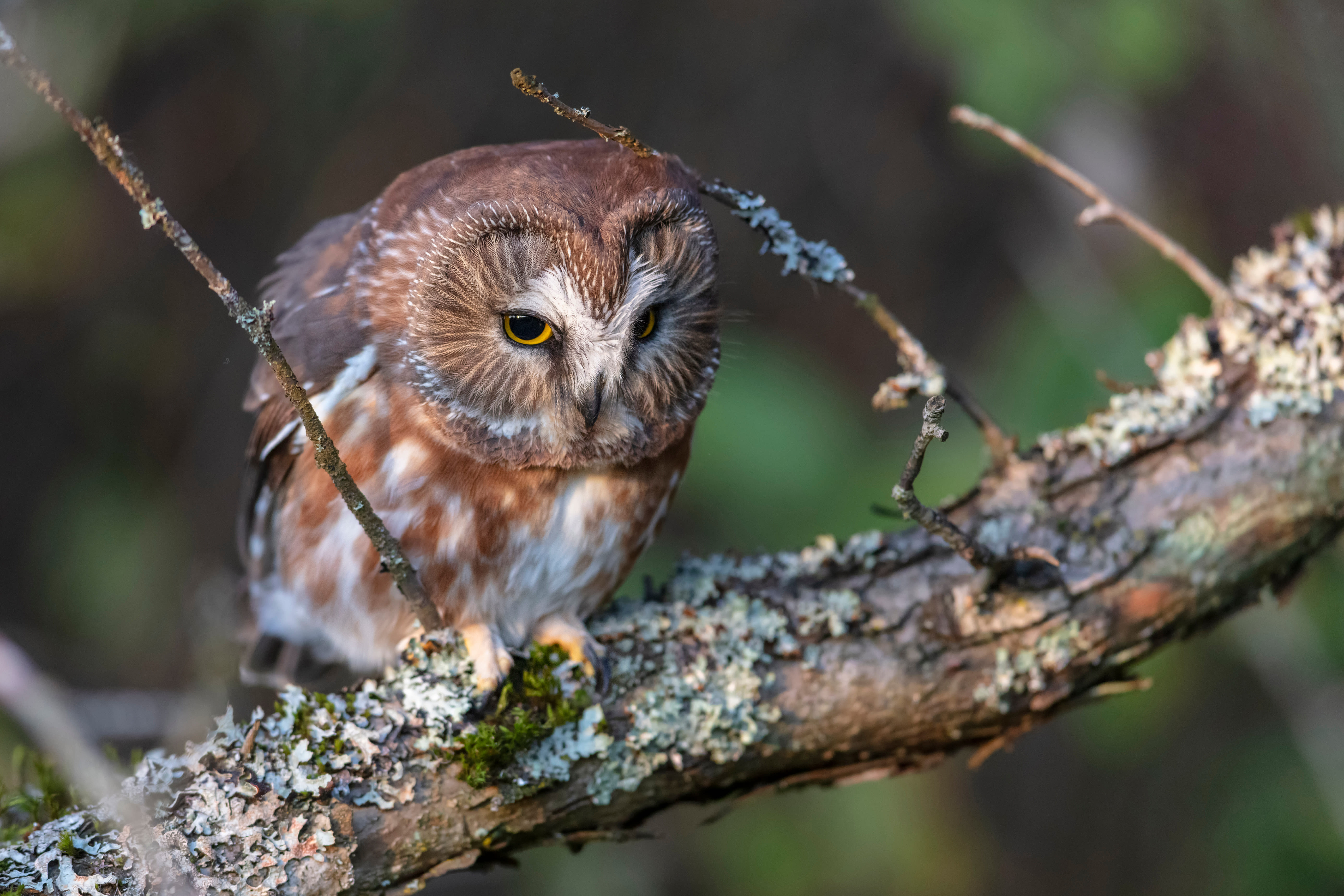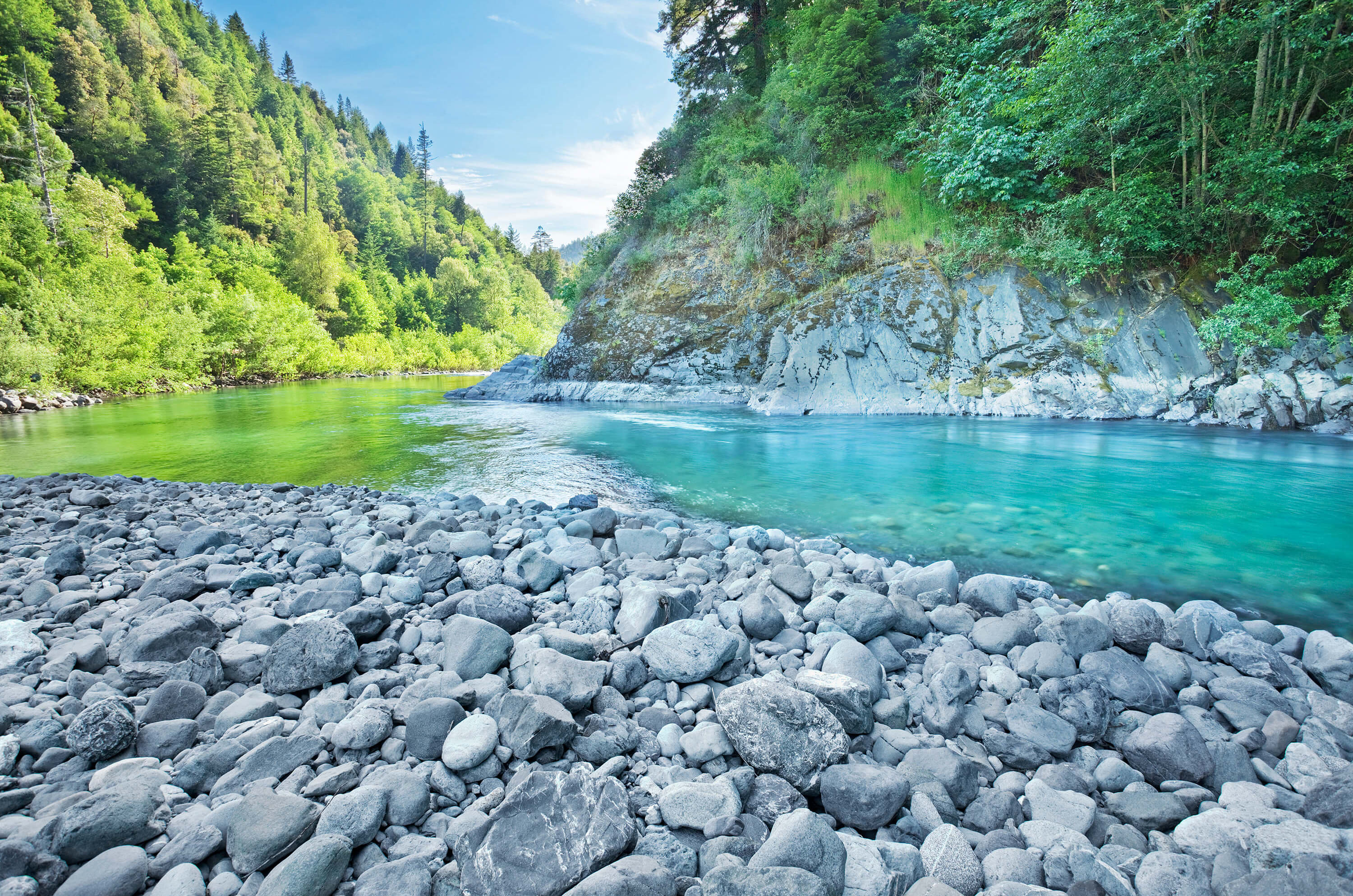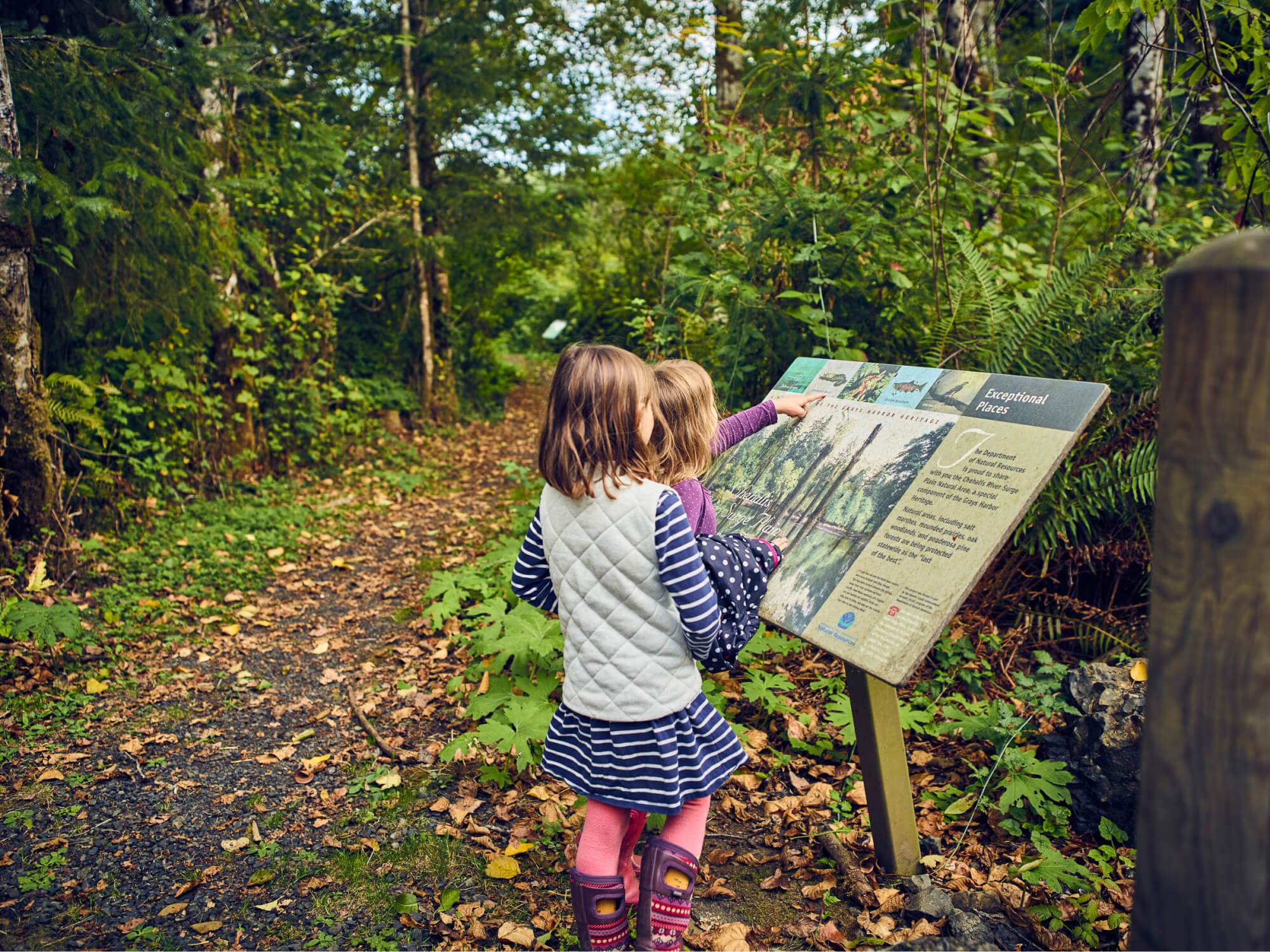Western Rivers Conservancy helped create a magnificent nature reserve in the Sierra Nevada foothills just east of the city of Chico. The 3,950-acre Big Chico Creek Ecological Reserve now serves as an outdoor classroom and laboratory for California State University at Chico, which owns and manages the reserve. The first phase of the project was undertaken in August of 2000, when WRC purchased 2,724 acres of land along 2.5 miles of Big Chico Creek and turned it over to the Research Foundation of CSU, Chico. Phase two of the project was completed a year later, when WRC conveyed to the university an additional 1,226 acres along another 2.5 miles of the creek. The Research Foundation, which donated a conservation easement over the entire reserve, will study the life history of the wild runs of Sacramento River spring Chinook and winter steelhead as the basis for a long-term program of restoration.
Big Chico Creek drains out of the foothills of the northwestern Sierra Nevada Mountains, carving a 1,300-foot deep canyon before flowing through the town of Chico, and then joining with the Sacramento River. The Big Chico Creek Ecological Reserve is a near-pristine cross section of a Sierra foothills watershed, from ridgeline to ridgeline. With five total miles of creek, lush riparian forests, oak woodlands, grassland meadows and basalt cliffs, the reserve offers habitat for numerous fish and wildlife species, including many threatened and endangered species. The reserve hosts some 175 species of birds, many of them with special protected status. A conservation easement over 4,000 acres adjoining the reserve on the west guarantees winter habitat for the East Tehama herd of black-tailed deer, the only migratory herd in California. The reserve also contains important habitat for the western pond turtle, foothill yellow-legged frog and mountain lions.
This project is a partnership among many players, private and public. Western Rivers Conservancy's purchase of Phase One - the 2,724-acre Simmons Ranch - was funded by grants from the Wildlife Conservation Board of the State of California, the David & Lucile Packard Foundation, and the U.S. Fish & Wildlife Service. WRCs purchase of Phase Two, the Henning Ranch, was funded by the state Wildlife Conservation Board, the Packard Foundation and the National Fish and Wildlife Fund.









